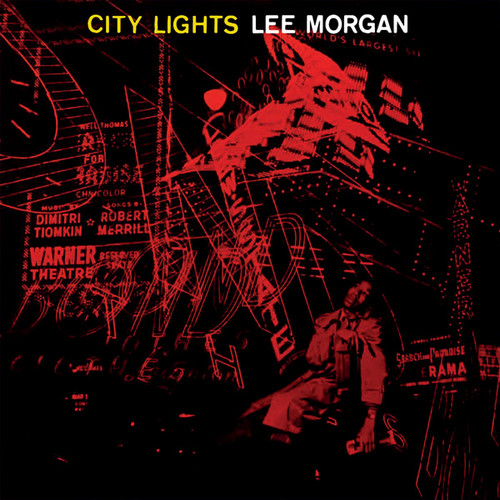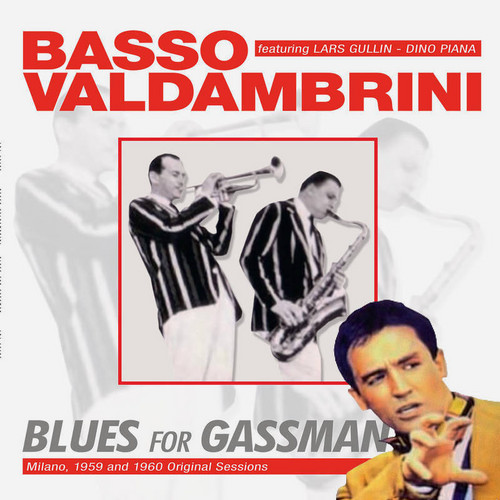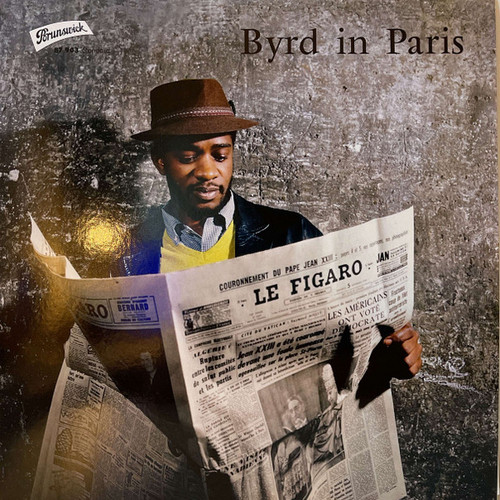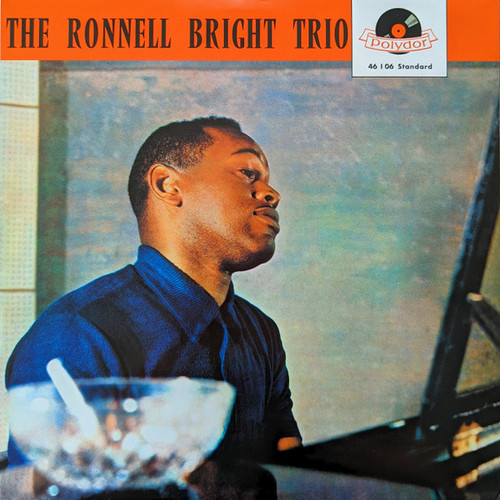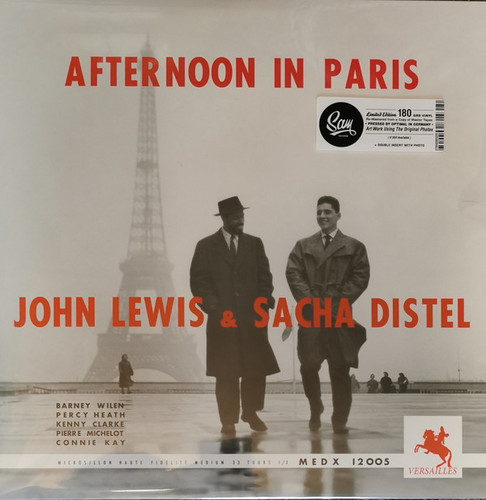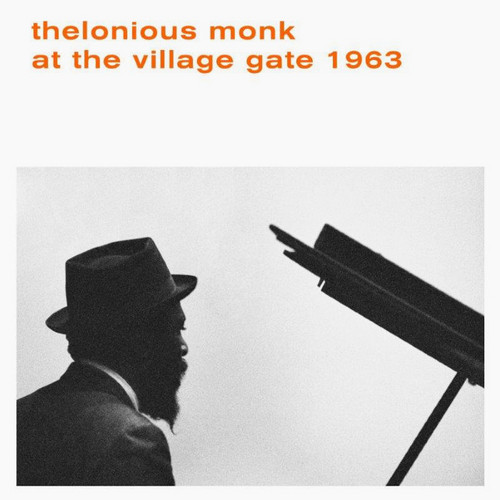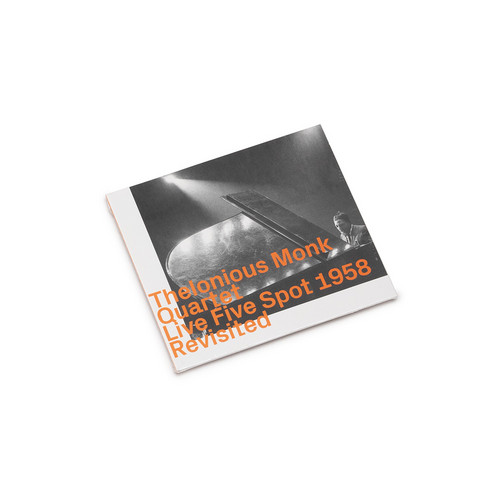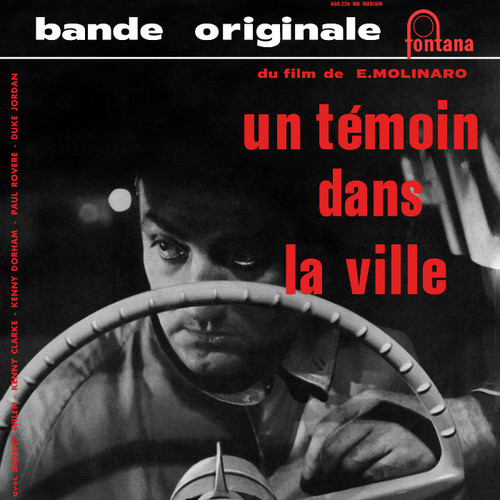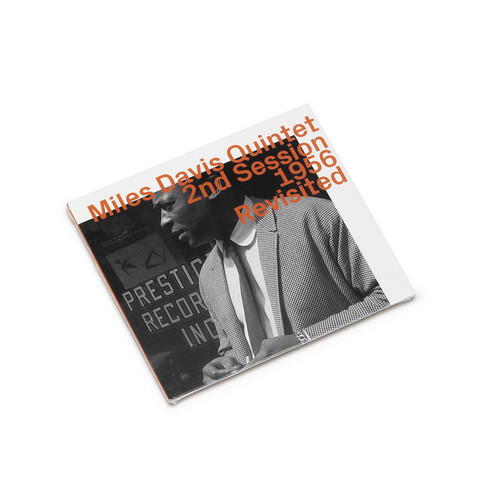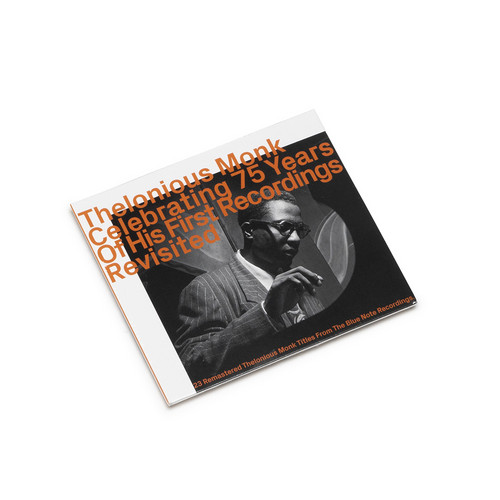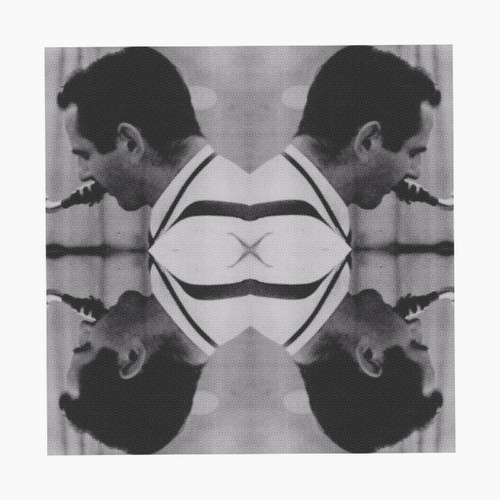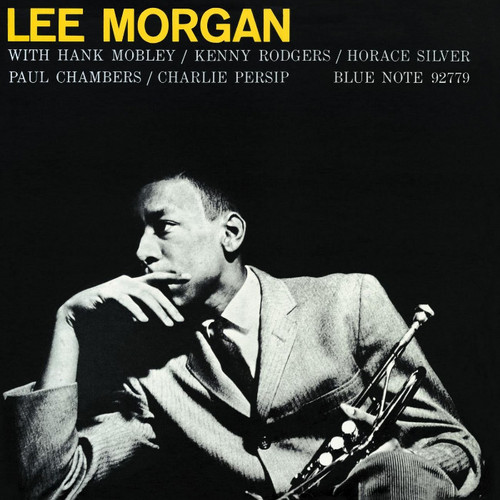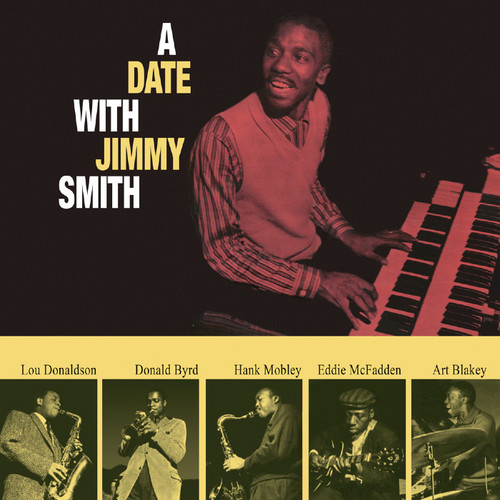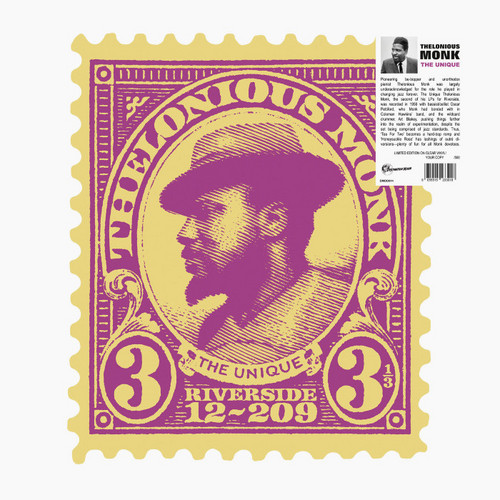Jazz /
City Lights
Sowing Records present a reissue of Lee Morgan's City Lights, originally released on Blue Note in 1957. City Lights is the result of a fine session recorded at the legendary Rudi Van Gelder studio by an all-star sextet featuring the 19 years old trumpet genius Lee Morgan plus an impressive coalition of jazz stylists such as Curtis Fuller on trombone, George Coleman on tenor sax, Ray Bryant on piano, Paul Chambers on bass, and Art Taylor on drums. All great players caught here in top form while d…
Blues For Gassman
Limited edition The most valuable of Gürtler’s (founder of Saar Records in 1950) jewels came from the jazz world. Gürtler donated all his passion and expertise to jazz, financing every project without complaints. The jewel in the crown of his productions was the LPJ 5007 album (Basso-Valdambrini Octet), considered by critics the best one ever published in Italy till that moment. The records selection, to which also Gürtler took part, leaned towards the classic themes of the American repertoire, …
We Three
*In process of stocking* "We Three, recorded in a single session on November 14, 1958, was the first American studio date as a bandleader for the diminutive and legendary jazz drummer Roy Haynes, although with pianist Phineas Newborn on board (along with bassist Paul Chambers), it really is a set dominated by Newborn, whose busy, two-handed technique here works in tandem balance with Haynes' cool refinement. Newborn was all about amazing and dazzling piano runs that on some dates created simply …
Byrd In Paris (Volume 1)
*2022 stock. In process of stocking* Trumpeter Donald Byrd spent a few months in France in 1958, and a Paris concert resulted in two LPs' worth of material. Byrd's quintet at the time included Bobby Jaspar (on tenor and flute), pianist Walter Davis, Jr., bassist Doug Watkins, and drummer Art Taylor. Byrd was just beginning to find his own sound in the late '50s and he is in excellent form on "Dear Old Stockholm," Sonny Rollins' "Paul's Pal," Jaspar's "Flute Blues," "Ray's Idea," and "The Blues W…
Parisian Thoroughfare (Byrd In Paris, Volume 2)
‘58 issue, the title carried by Jazz Hot magazine was: »Revelation at the Chat Qui Pêche. The spirit of jazz (which some thought was dying) is sparkling with life in the Donald Byrd Quintet.« And indeed, on its first appearance at the Cannes Festival in July (the Jazz Festival, not the other one), the Donald Byrd Quintet brought the house down. Its members were hardly the Who’s Who of jazz, however. People vaguely knew that the leader had replaced Kenny Dorham in the Jazz Messengers, that Doug W…
Jazz Sur Seine
A fantastic early recording from the great French tenor saxophonist Barney Wilen – best known as an artist who recorded famously in the soundtrack world of the French new wave, and with Art Blakey – but who's even more striking here on a rare small combo date from the 50s! The session's a monster – cut with rhythmic backing by Milt Jackson on piano (!?), Percy Heath on bass, and Kenny Clarke on drums – and two cuts feature additional percussion by Gana M'Bow, which gives the set a wonderful kick…
The Ronnell Bright Trio
*2022 stock. In process of stocking* One of the few albums ever cut as a leader by pianist Ronnell Bright – a player best known for his accompaniment behind famous vocalists, like Sarah Vaughan and Nancy Wilson! This rare date was cut in Paris – at a time when Bright was visiting the city with Vaughan – and it's a stripped-down trio date with a nicely relaxed feel – one that has Bright really opening up on the keys, in ways you don't always hear on his material with singers. Other players in the…
Afternoon In Paris
*2022 stock. In process of stocking* 'It was in Paris that John Lewis co-led this 1956 date with Sacha Distel, a French guitarist who never became well-known in the U.S. but commanded a lot of respect in French jazz circles. The same can be said about the other French players employed on Afternoon in Paris -- neither tenor saxophonist Barney Wilen nor bassist Pierre Michelot were huge names in the U.S., although both were well-known in European jazz circles. With Lewis on piano, Distel on guitar…
At The Village Gate 1963
The jazz giant Thelonious Monk is here featured in this live recording in New York. Monk is in his best form during this ‘Village Gate’ gig, along with famed session men accompanying him here and forming this solid Quartet - namely, Charlie Rouse on Tenor Saxophone, John Ore on the bass and Frankie Dunlop on the drums. The album features three Monk’s originals (“Rhythm-A-Ning”, “Evidence”, “Jackie-ing”) and two jazz standards (“I’m Getting Sentimental Over You” and the immortal “Body And Soul” …
Thelonious Monk Quartet: Live Five Spot 1958, Revisited
Temporary Super Offer! Johnny Griffin came to Thelonius Monk with a reputation as a speed demon – double-timing the tempo was his default mechanism, elaborating melodies with a mixture of mellow swing and complex bop phrasing. Their contrasting nature – Griffin’s fluid extravagance and Monk’s percussive dissections – intensified by Roy Haynes’ forceful divisions of the beat, generate a tension unlike any of Monk’s subsequent groups' – Art Lange
Un Témoin Dans la Ville
Barney Wilen's career took off in 1957. That year he won the Django Reinhardt Award and recorded the soundtrack to the film 'Ascenseur pour l'échafaud' with Miles Davis. In '59 he recorded the music for the film 'Les Liaisons Dangereuses' with Thelonious Monk and Art Blakey, and then composed the music for the film 'Un témoin dans la ville' directed by Edouard Molinaro. For this nocturnal tour through Paris, Barney Wilen is surrounded by the musicians who have been accompanying him for several w…
2nd Session 1956 Revisited
Here is a chance to hear Miles Davis in something close to real time. Small matter that most collectors of hard bop will have these sides already and will be familiar with a particular running order. Perhaps those who have invested in the complete sessions will have a clearer sense of the continuity of these remarkable sessions, but that now familiar obsession with the burrs and snarf of the studio process may win out over musical appreciation. What happened at Van Gelder’s on October 26 1956 is…
Tomorrow Is The Question!
*Limited edition of 500 copies.* This was definitely a perfect title for Ornette Coleman's second and last album for Contemporary before switching on Ertegun's Atlantic label. Originally released in 1959 "Tomorrow is the Question" was an early evident step towards the revolution to come. An adventurous yet accessible, bluesy album with Coleman and Don Cherry tasting for the first time the freedom of a pianoless rhythm section featuring Percy Heath or Red Mitchell on bass and the great Shelly Man…
Celebrating 75 Years Of His First Recordings
Temporary Super Offer! Thelonious Monk devised a new theoretical basis for his compositional aesthetic, an unorthodox, deconstructed and reinvented pianistic approach that defined his music’s unique rhythmic and melodic parameters. The piano was the vehicle of expression for his compositional mindset. - Art Lange
Introducing Paul Bley
*Limited edition of 500 copies.* Originally released in 1953 on Charles Mingus's own "Debut" label, this is Paul Bley's historical debut album. Here the young talented and technically strong pianist appears as leader of a super-trio with nothing but Mingus himself on bass and Art Blakey on drums. This is a beautifully varied set including both renditions of classic standards such as "I can't get Started", and Bley's early originals like "Opus 1" and "Spontaneous Combustion" This is where you ca…
East Coasting
*Limited Clear Vinyl edition, 500 copies* Recorded in 1957 this is one of Charles Mingus's lesser known sessions. Here the master was at the head of an awesome band including some of his regular sidemen. Jimmy Knepper - trombone, Shafi Hadi - alto saxophone, tenor saxophone and Dannie Richmond - drums, along with nothing but Bill Evans on piano! This is dense, lyrical and very stimulating music deeply rooted in the bop tradition yet with an open ear to other sound territories.
"One of Charles …
I Had the Craziest Dream: Modern Jazz and Hard-Bop in Post War London, Vol. 1
Another luminous compilation from London's Death is Not the End, this time examining the city's modern jazz and hard-bop scenes from the end of the 1940s until the early '60s.
Volume 2 - Sextet
In only his second date as a leader, 18-year-old trumpeter Lee Morgan was already emerging from the long shadow cast by Clifford Brown, and this session is another step in the trumpet prodigy’s molting. Still, the set may be as notable for the four hard bop compositions of Benny Golson – including the first appearance of the soon-to-be-standard “Whisper Not” – and a stellar band of (mostly) young turks that included Hank Mobley on tenor, Horace Silver on piano, Paul Chambers on bass, Charlie Per…
A Date With Jimmy Smith, Volume One
*In process of stocking* Jimmy Smith was the most inventive and technically skilled organist of the Bop generation. Originally released in 1957, "A date with J.M." features performances recorded in the same year with Smith heading a sextet including a bunch of Blue Notes heavyweights such as Donald Byrd – trumpet, Lou Donaldson – alto saxophone, Hank Mobley – tenor saxophone, Art Blakey – drums, plus a guitar-organ-drums combo with guitarist Eddie McFadden and drummer Donald Bailey, and as one …
The Unique
Pioneering be-bopper and unorthodox pianist Thelonious Monk was largely underacknowledged for the role he played in changing jazz forever. The Unique Thelonious Monk, the second of his LPs for Riverside, was recorded in 1956 with bassist/cellist Oscar Pettiford, who Monk had bonded with in Coleman Hawkins’ band, and the wildcard drummer, Art Blakey, pushing things farther into the realm of experimentation, despite the set being comprised of jazz standards. Thus, ‘Tea For Two’ becomes a hard-bop …
